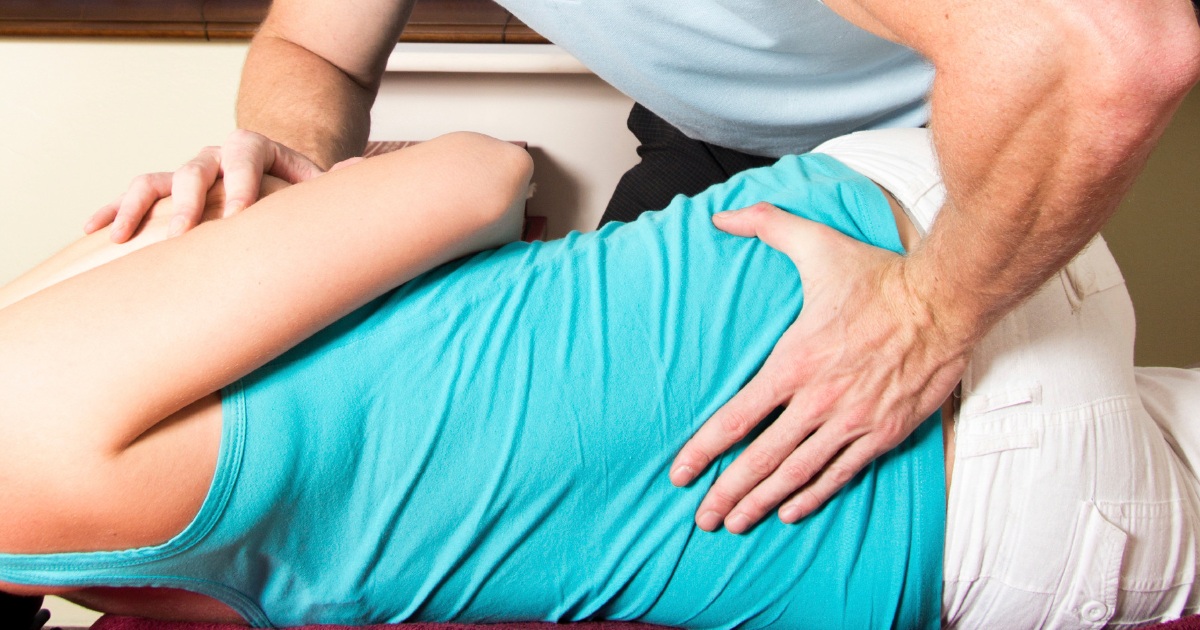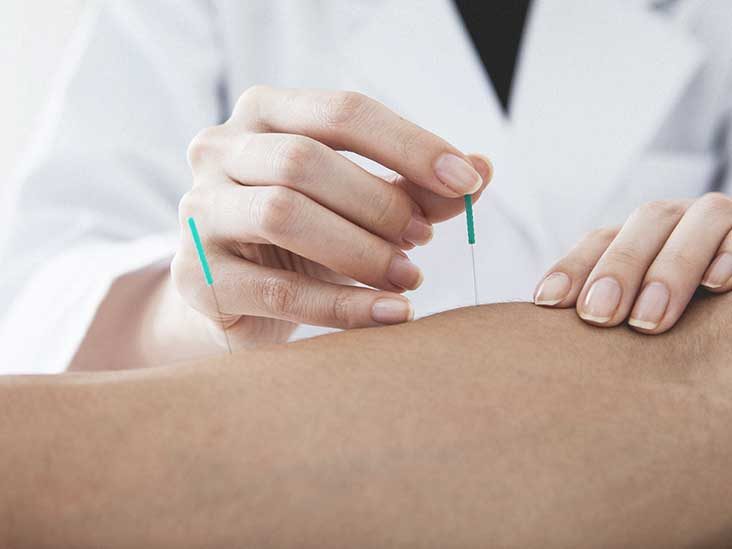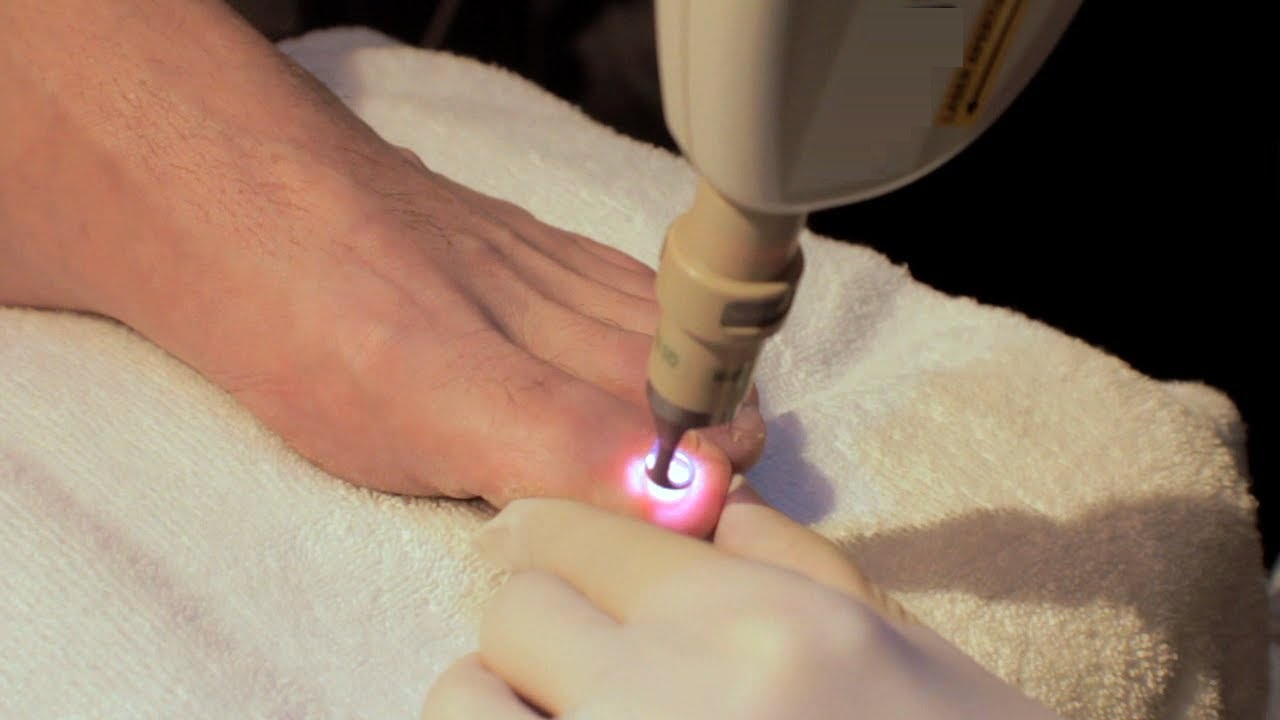
ACL injury is when your anterior cruciate ligaments get ruptured completely or partially. Once injured, ACL won’t heal or regrow on its own.
ACL is often susceptible to injuries during athletic activities. Whether your injuries result from athletic activities or from missing steps on a ladder, it is important to consult a doctor to know the way forward.
Your doctor may recommend an ACL surgeon to conduct surgery on the injured part or ask you to consider physical therapy and other medications.
Types of ACL Injuries
Injured ligaments are often regarded as sprains. Experts grade ACL injuries depending on their severity. These may include the following:
- Grade 1: This means the ligament is mildly damaged and has stretched slightly but can keep your knee joints stable.
- Grade 2: in this grade, a sprain stretches the ACL to a point where it becomes loose. Usually, this is called a partial tear of the ligament.
- Grade 3: This form of strain is commonly known as a complete tear of the ligament.
What Causes ACL Injuries?
ACL injuries or tears are sudden and are seen regularly in both non-contact and contact sports. According to many reports, ACL tears can occur through repeated stress on the knees, during a sudden stopping/slowing from running, when your knees are directly hit, and as a result of pivoting maneuvers or cutting.
While sports injuries are among the common causes of getting ACL tears, your ACL can get injured during trauma, such as missing steps on your staircase, falling off the ladder, or during an auto accident.
Symptoms
Weak knees and popping noise often accompany injuries to your ACL. Other symptoms and signs of ACL injuries may include discomfort when walking, limited movement of knees, swelling of the knees, and pain at the back/outside the knee.
Diagnosis
Generally, your doctor will ask how your injury happened. Your doctor can also ask you about your athletic and physical goals. All this information will help the doctor decide which treatment is suitable for you.
Since ACL is deep inside your knees, diagnosing the problem will be challenging. Two common tests used to confirm ACL as well as its severity include:
- Anterior drawer test – With your knees bent around 90 degrees, your doctor will put the lower tibia forward. If the lower leg excessively moves forward, this will mean an injured ACL.
- Lachman test – Injured legs are bent slightly, and your doctor will pull on the lower tibia. If your leg moves significantly more than the other leg, it means you have an injured ACL.
Treatment
Options for treatment depend on the patient’s examinations, type of injury, activity goals, and symptoms. Treatment may also depend on the severity of injuries and age.
Whichever the case, your doctor may recommend physeal-sparing surgery, transphyseal reconstruction, and bracing, as well as pre-habilitation, to name a few.
In a Nutshell
Recovering from your ACL injury may take time. During the recovery process, you may feel down, frustrated, and angry, especially if you won’t be able to play sports anymore. But it is important to give yourself time to recover and look for ways to be involved in sports, like being a team manager or keeping scores.











